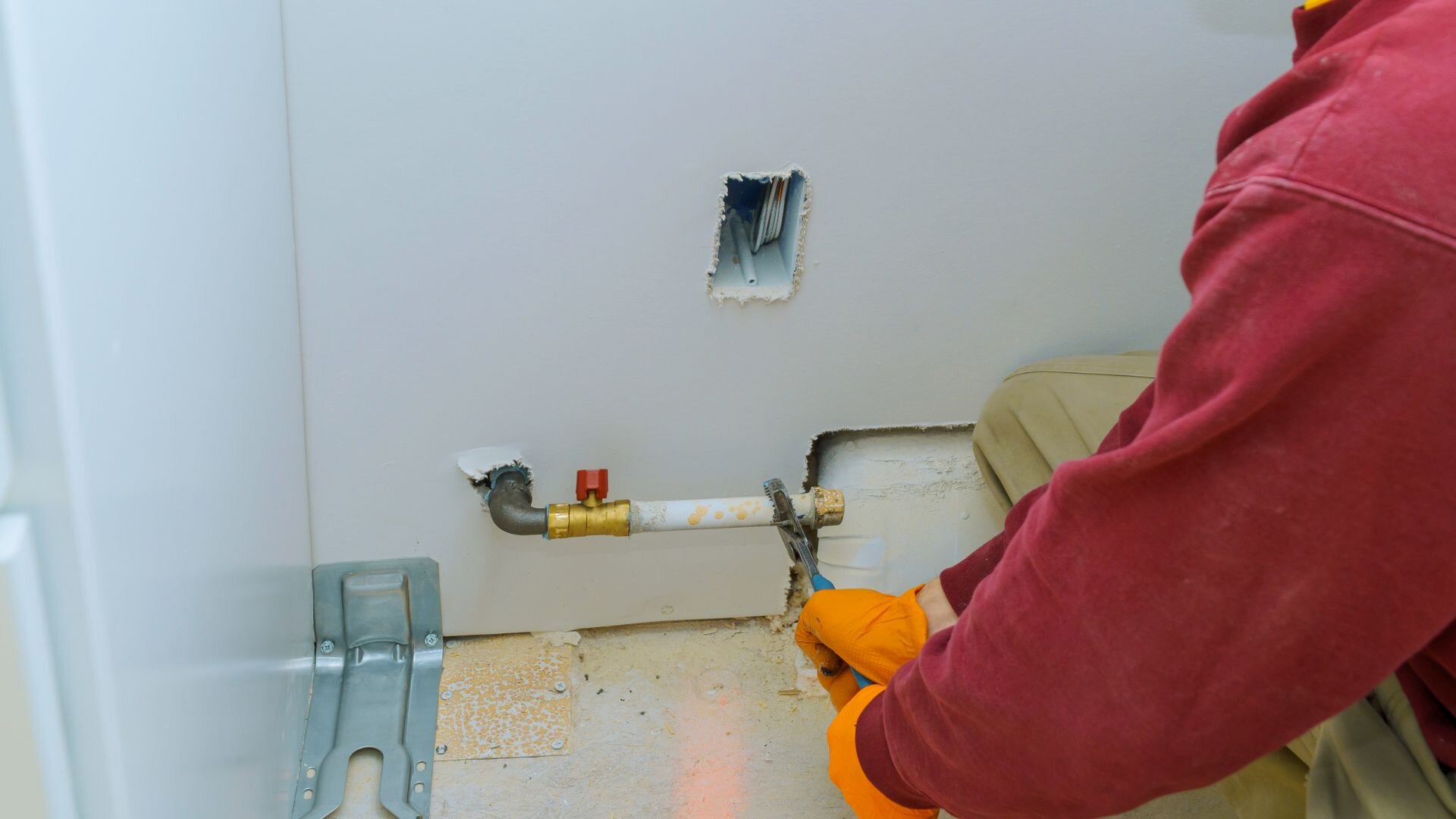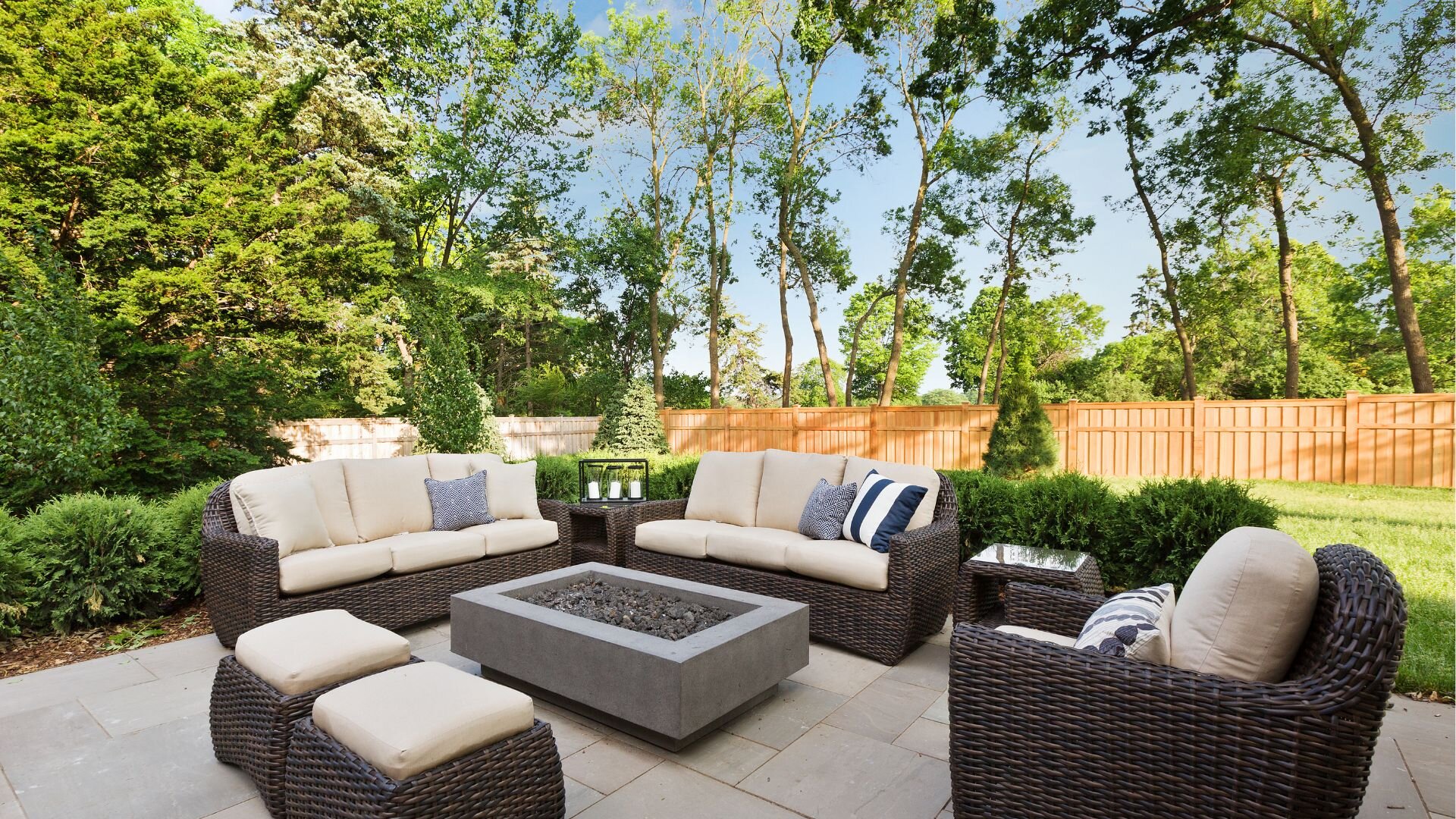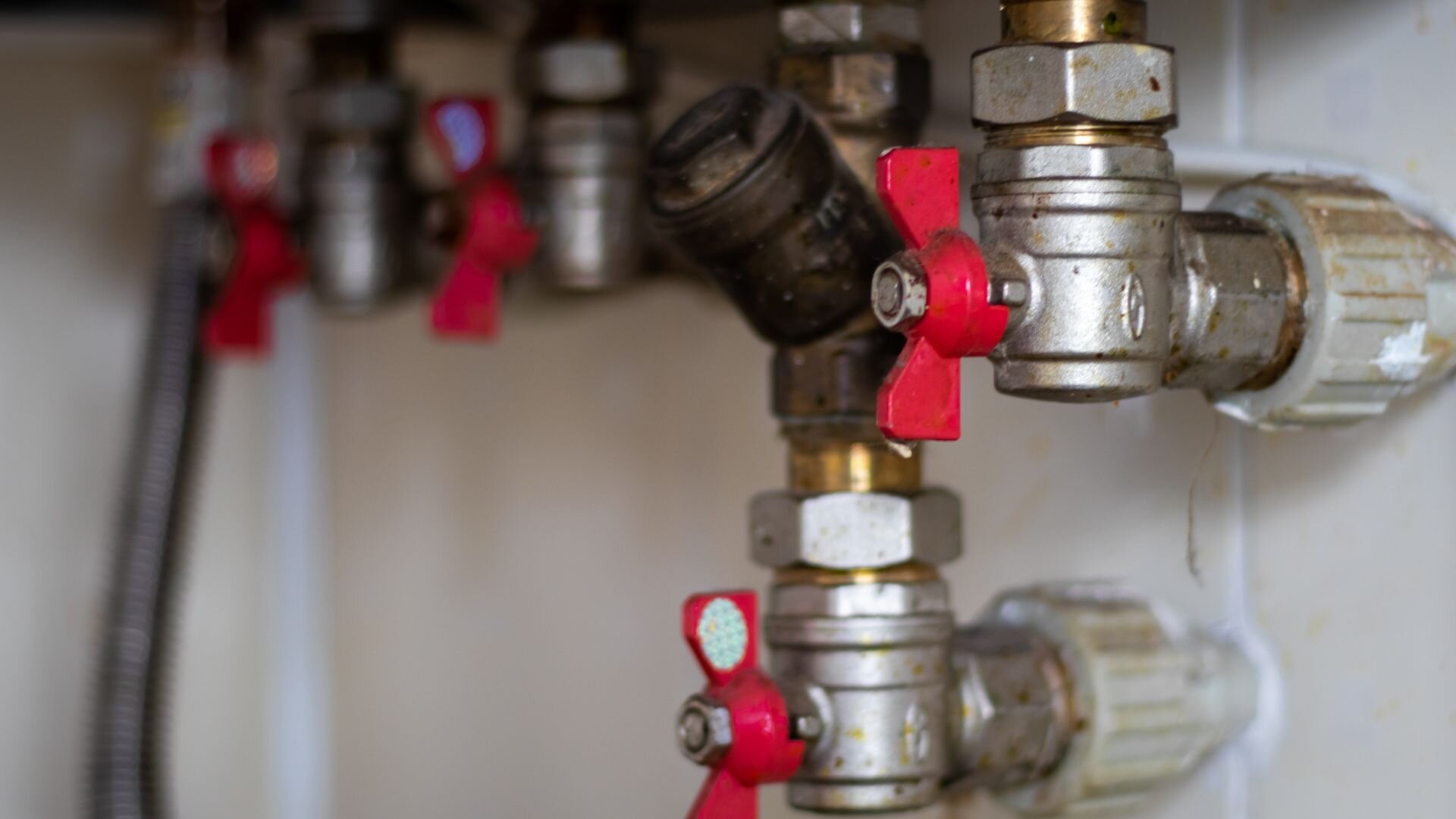In recent years, outdoor living spaces have become increasingly sought after by homeowners who want to extend their living areas and enjoy the beauty of their surroundings. Incorporating gas appliances into these spaces adds convenience, comfort, and ambience, making them even more inviting.
However, ensuring these gas fittings’ safety and proper functionality is crucial. Improper installation or maintenance can lead to hazardous situations, putting you and your loved ones at risk. This article will guide you through the essential considerations for gas fitting in your outdoor living space, helping you create a secure and enjoyable environment.
Planning Your Outdoor Gas Fitting Project
The first step in planning your outdoor gas fitting project is identifying your specific needs and desires for your outdoor living space. Consider how you intend to use the area – will it be for entertaining guests, relaxing with family, or cooking meals? This will help you determine the types of gas appliances that best suit your lifestyle and enhance your outdoor experience.
Once you have a clear idea of your requirements, research the various gas appliances available, such as outdoor heaters, built-in grills, fire pits, and gas-powered lighting. Assess their features, sizes, and compatibility with your outdoor space to ensure they meet your expectations and seamlessly integrate with your design vision.
Consulting with a professional gas fitter is essential to ensure your chosen appliances’ safe and efficient installation. They possess the expertise to advise you on the most suitable products, proper placement, and necessary safety measures. A qualified gas fitter will also help you navigate the complexities of local regulations and permits, which are crucial for compliance and preventing potential hazards.
Understanding and adhering to local regulations and permits is critical to your outdoor gas fitting project. These rules ensure your safe and your family’s safety and property.
Your gas fitter will be well-versed in these requirements and will guide you through obtaining the necessary approvals. Failing to comply with these regulations can result in fines, legal issues, and even the forced removal of your gas appliances.
Safety Considerations
Proper ventilation is crucial when installing gas appliances in your outdoor living space. Adequate airflow prevents the build-up of harmful gases, such as carbon monoxide, which can pose serious health risks.
Ensure that your gas appliances are installed in well-ventilated areas, away from enclosed spaces or overhanging structures that may impede air circulation. Consult with your gas fitter to determine the appropriate ventilation requirements for each appliance.

Clearance requirements for gas appliances
To prevent fire hazards, gas appliances require specific clearance distances from combustible materials, such as walls, fences, and furniture. These clearance requirements vary depending on the type and size of the appliance.
Your gas fitter will advise you on the necessary clearances for each appliance and ensure that they are installed in compliance with local building codes and manufacturer guidelines. Adhering to these clearance requirements is essential to minimise the fire risk and ensure the safe operation of your gas appliances.
Gas leak detection and prevention
Gas leaks can be dangerous and even life-threatening. Installing gas leak detectors in your outdoor living space is an important safety measure. These devices alert you to gas leaks, allowing you to take immediate action.
Regularly check your gas appliances and connections for signs of wear, damage, or loose fittings, which can contribute to leaks. If you suspect a gas leak, turn off the gas supply immediately and contact your gas fitter or emergency services.
Regular maintenance and inspections
Regular maintenance and inspections are essential to ensure your outdoor gas appliances’ safe and efficient operation. Schedule annual inspections with a qualified gas fitter to assess the condition of your appliances, check for potential issues, and perform necessary repairs or adjustments.
Regular maintenance, such as cleaning burners, replacing worn parts, and checking gas connections, will help prolong the life of your appliances and prevent safety hazards. Keep a record of your maintenance and inspection schedules to ensure that your outdoor gas appliances remain in top condition.
Choosing the Right Gas Appliances

Outdoor gas heaters
When selecting outdoor gas heaters, consider heat output, coverage area, and style. Freestanding, wall-mounted, and tabletop options are available, each with advantages depending on your space and preferences. Ensure the heater you choose is suitable for outdoor use and has appropriate safety features like automatic shut-off and tip-over protection.
Built-in gas grills
Built-in gas grills offer a seamless and stylish addition to your outdoor kitchen. Look for grills with high-quality burners, ample cooking space, and durable construction materials like stainless steel. Consider features such as side burners, rotisseries, and infrared technology to elevate your grilling experience. Ensure proper ventilation and placement to prevent heat damage to surrounding surfaces.
Gas fire pits and fireplaces
Gas fire pits and fireplaces provide warmth and ambience without the hassle of wood-burning. Choose between portable or permanent installations, and consider the size, shape, and design that complements your outdoor aesthetic. Look for models with adjustable flame control, safety shut-off valves, and weather-resistant materials for longevity.
Gas-powered outdoor lighting
Gas-powered outdoor lighting adds a charming and inviting glow to your outdoor living space. Options include gas lanterns, post lights, and pathway lights. Select fixtures specifically designed for outdoor use, with durable finishes and weather-resistant components. Consider the light output, style, and placement to create the desired ambience and ensure adequate illumination for safety.
When choosing gas appliances for your outdoor living space, prioritise safety, efficiency, and durability. Look for models with high energy ratings, reliable ignition systems, and sturdy construction.
Consider the size of your outdoor area and the appliances’ BTU output to ensure proper sizing and performance. Read reviews and compare features to find the best appliances for your needs and budget.
Gas Line Installation
Selecting the appropriate gas line size is crucial for ensuring the proper flow of gas to your outdoor appliances. The size of the gas line depends on factors such as the total gas load, the distance from the gas source, and the pressure requirements of your appliances. A qualified gas fitter will calculate the correct gas line size based on these factors, considering any future expansion plans you may have for your outdoor living space.

Underground gas line installation
When installing gas lines underground, specific guidelines must be followed to ensure safety and durability. The gas lines must be buried at the proper depth to protect them from damage and shifting soil, and they should be encased in protective sleeves or conduits to prevent corrosion and physical damage.
Proper trenching techniques, backfilling, and marking of the gas line location are crucial for future reference and to avoid accidental damage during landscaping or excavation work.
Above-ground gas line installation
Above-ground gas line installation requires careful planning and execution to ensure safety and aesthetics. The gas lines should be securely fastened to stable structures, such as walls or posts, using appropriate mounting hardware.
Proper support and protection of the gas lines are necessary to prevent sagging, damage, and undue stress on the fittings. The gas lines should be routed to minimise exposure to physical damage and avoid creating tripping hazards.
Gas line materials and fittings
Gas lines for outdoor living spaces are typically made from copper, stainless steel, or polyethylene (PE) pipes. Each material has advantages and limitations, and the choice depends on factors such as local regulations, the environment, and the specific application.
Copper and stainless steel offer durability and resistance to corrosion, while PE pipes provide flexibility and ease of installation. Ensure that all fittings, valves, and connectors are rated for outdoor use and compatible with the chosen gas line material.
Proper gas line testing is a critical step in ensuring the safety and reliability of your outdoor gas appliances. Before commissioning the gas lines, a qualified gas fitter will conduct a series of tests to check for leaks, pressure stability, and overall system integrity.
These tests may include a pressure test in which the gas lines are pressurised and monitored for any pressure drop indicating a leak. A soap test may also be performed, in which a soap solution is applied to the fittings and joints to detect any gas leaks visually. The gas lines should be serviced only after completing these tests.
Embracing Outdoor Living with Properly Fitted Gas Appliances
A well-designed outdoor living space with properly fitted gas appliances offers numerous benefits. It extends your living area, provides a comfortable and inviting environment for relaxation and entertainment, and adds value to your home. Gas appliances offer convenience, efficiency, and versatility, allowing you to enjoy your outdoor space year-round.
When embarking on your outdoor gas fitting project, prioritise safety and seek the assistance of a professional gas fitter to ensure that your gas appliances are installed correctly, comply with local regulations, and function safely and efficiently. If you are in Sydney and require gas fitting services for your outdoor living space, consider contacting Service First Plumbing.
Our team of experienced and licensed gas fitters is dedicated to providing high-quality workmanship and exceptional customer service, helping you bring your outdoor living vision to life while ensuring the safety and reliability of your gas appliances.


